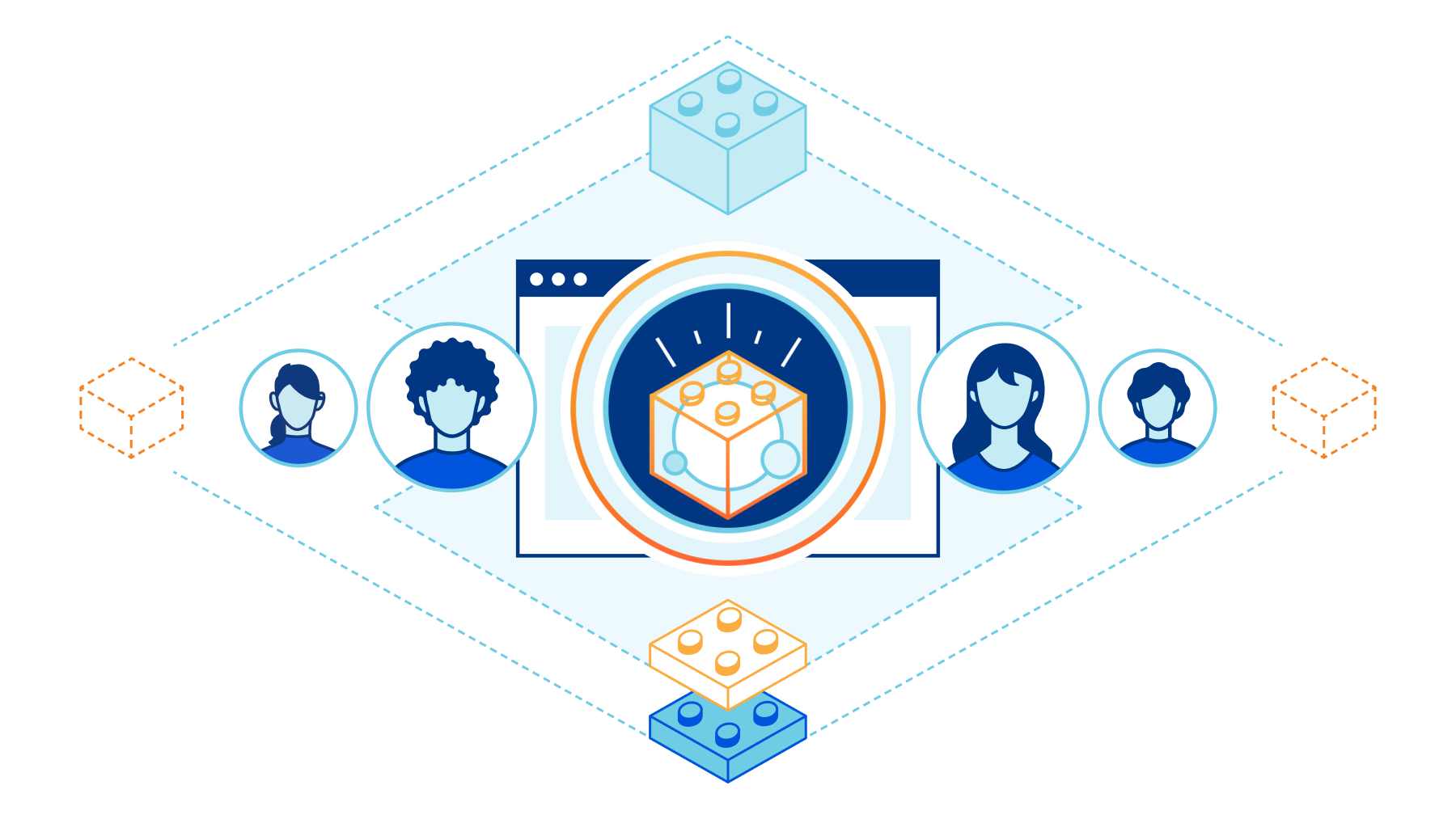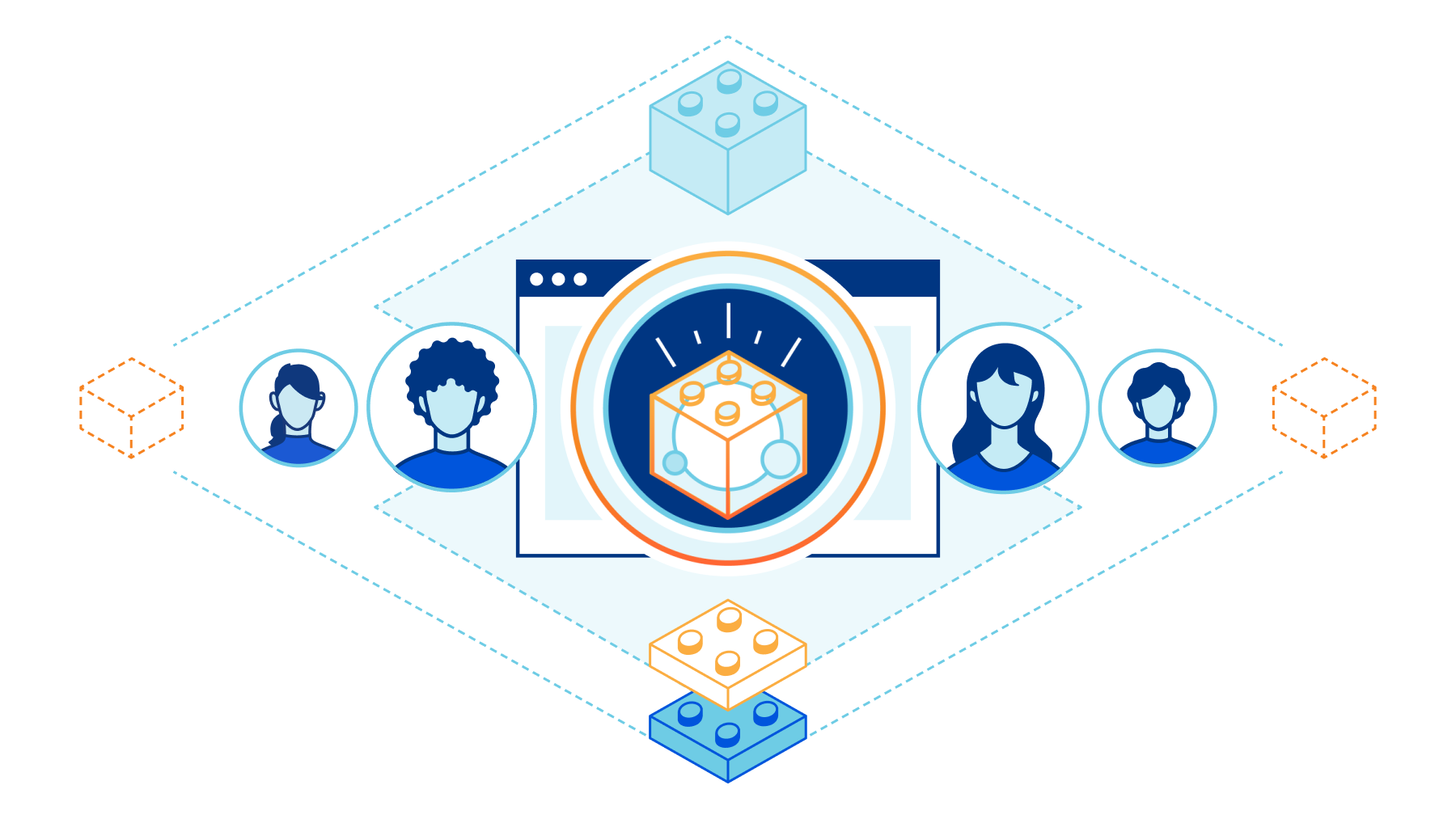0
SSD roundup: New products deliver speed, density gains
There’s never a dull moment in the enterprise SSD market. Among the latest developments are three new products from Samsung, Micron and Kioxia. Here are the highlights.Samsung’s new computational storage drive Samsung unveiled a second generation of its SmartSSD, an SSD with a Xilinx FPGA and some memory for doing computational storage. Computational storage is the process of processing data where it lies rather than moving it around the network. It’s a new concept and only possible with SSDs; there’s no way this could be done with a mechanical hard drive.To read this article in full, please click here





